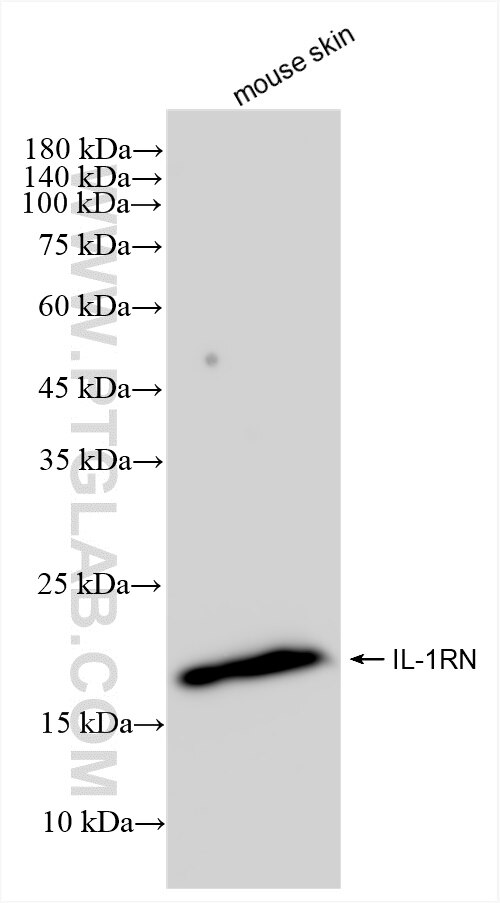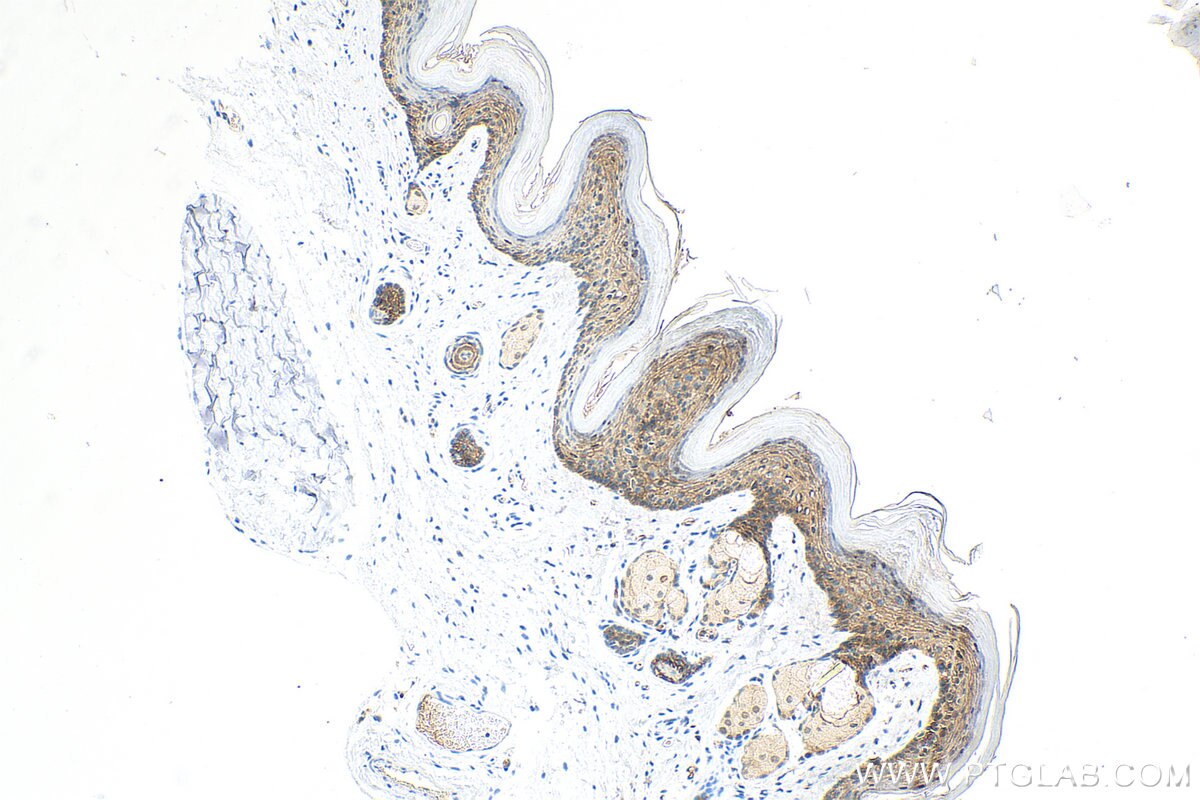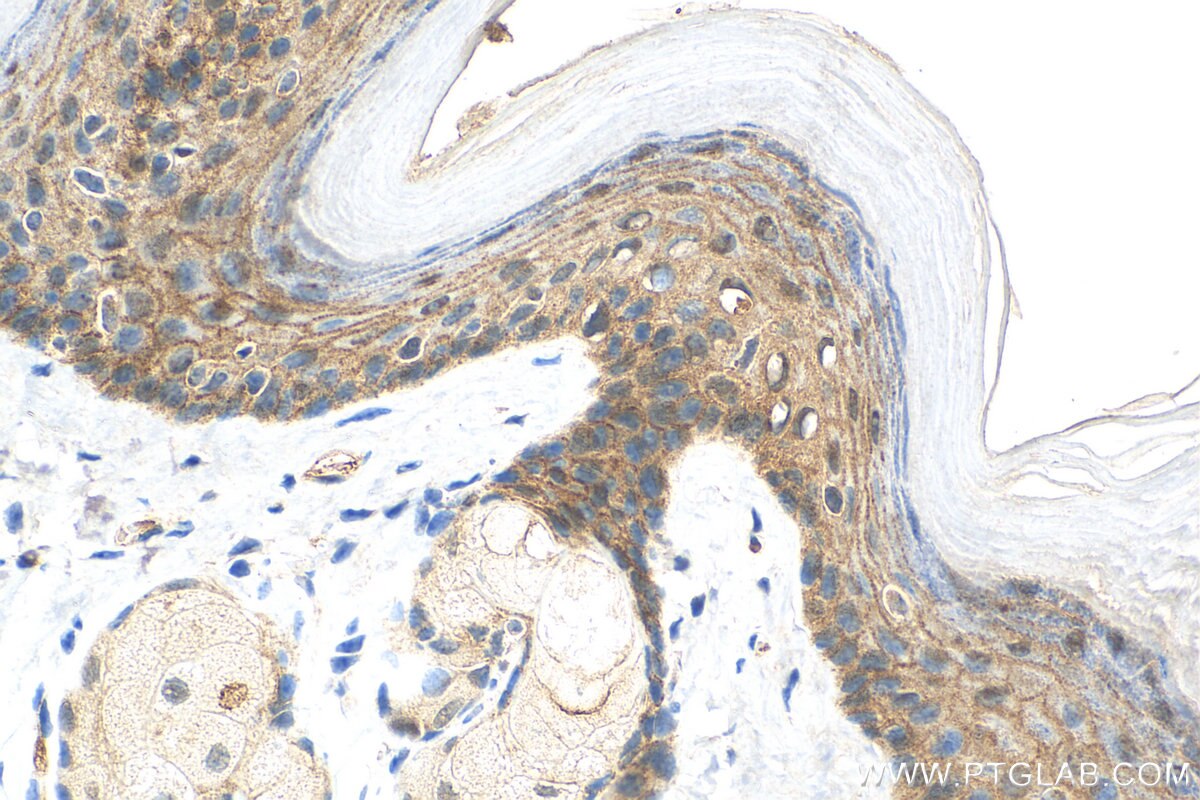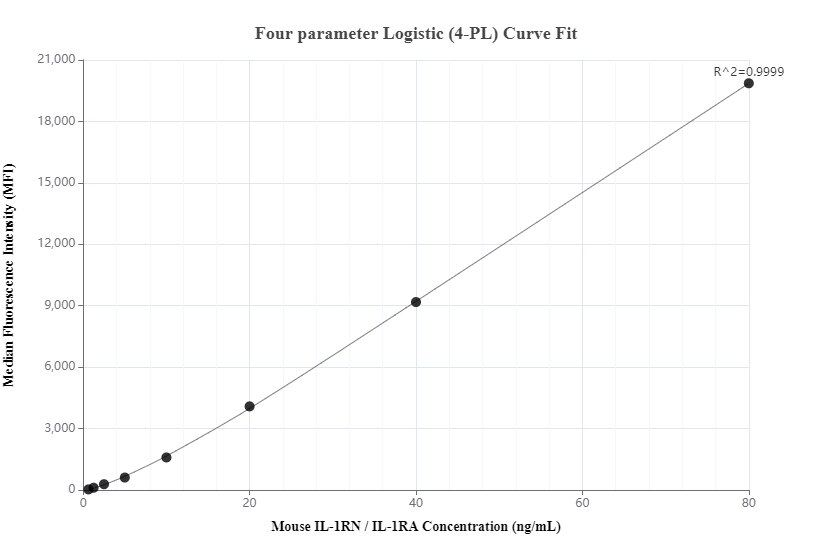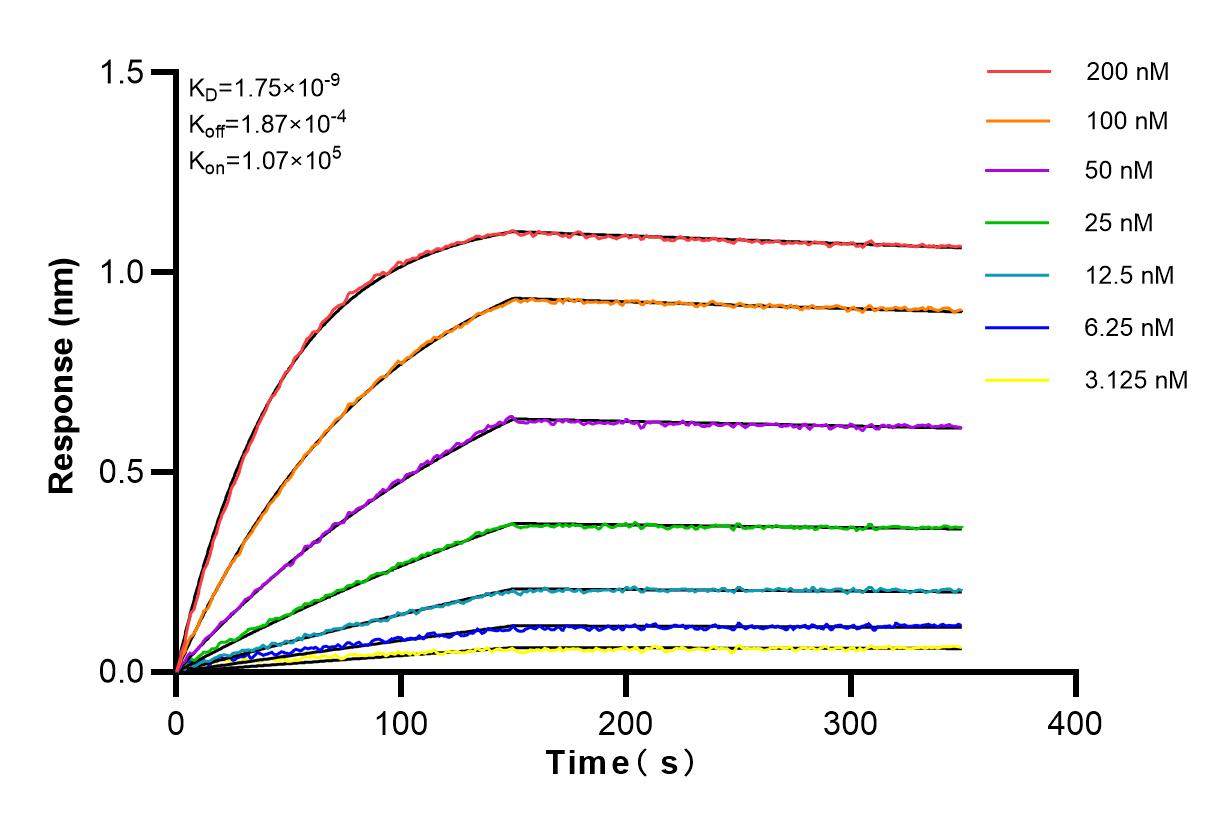Product Information
83335-4-PBS targets IL-1RA as part of a matched antibody pair:
MP00353-2: 83335-4-PBS capture and 83335-3-PBS detection (validated in Cytometric bead array)
Unconjugated rabbit recombinant monoclonal antibody in PBS only (BSA and azide free) storage buffer at a concentration of 1 mg/mL, ready for conjugation. Created using Proteintech’s proprietary in-house recombinant technology. Recombinant production enables unrivalled batch-to-batch consistency, easy scale-up, and future security of supply.
This conjugation ready format makes antibodies ideal for use in many applications including: ELISAs, multiplex assays requiring matched pairs, mass cytometry, and multiplex imaging applications.Antibody use should be optimized by the end user for each application and assay.
| Tested Reactivity | mouse |
| Host / Isotype | Rabbit / IgG |
| Class | Recombinant |
| Type | Antibody |
| Immunogen |
CatNo: Eg0685 Product name: Recombinant mouse IL-1RN protein Source: mammalian cells-derived, pHZ-KIsec-C-6*HIS Tag: C-6*HIS Domain: 8-159 aa of NM_031167.5 Sequence: RPSGKRPCKMQAFRIWDTNQKTFYLRNNQLIAGYLQGPNIKLEEKIDMVPIDLHSVFLGIHGGKLCLSCAKSGDDIKLQLEEVNITDLSKNKEEDKRFTFIRSEKGPTTSFESAACPGWFLCTTLEADRPVSLTNTPEEPLIVTKFYFQEDQ Predict reactive species |
| Full Name | interleukin 1 receptor antagonist |
| Calculated Molecular Weight | 18KD |
| Observed Molecular Weight | 18 kDa |
| GenBank Accession Number | NM_031167.5 |
| Gene Symbol | IL-1RA |
| Gene ID (NCBI) | 16181 |
| Conjugate | Unconjugated |
| Form | Liquid |
| Purification Method | Protein A purification |
| UNIPROT ID | Q542W1 |
| Storage Buffer | PBS only, pH 7.3. |
| Storage Conditions | Store at -80°C. |
Background Information
Interleukin-1 receptor antagonist (IL-1RA) is a critical member of the IL-1 family of cytokines, which plays a significant role in modulating inflammatory responses. IL-1RA exists in two main forms: a secreted form (sIL-1Ra) and an intracellular form (icIL-1Ra). The secreted form is produced by various cells including monocytes, macrophages, neutrophils, and other cells, while the intracellular form is found in keratinocytes and other epithelial cells, as well as in monocytes and fibroblasts. IL-1RA is important in host defense against endotoxin-induced injury and is produced in numerous experimental animal models of disease, as well as in human autoimmune and chronic inflammatory diseases. It acts as an anti-inflammatory agent by maintaining the balance between pro-inflammatory IL-1α/β and its own anti-inflammatory effects.

